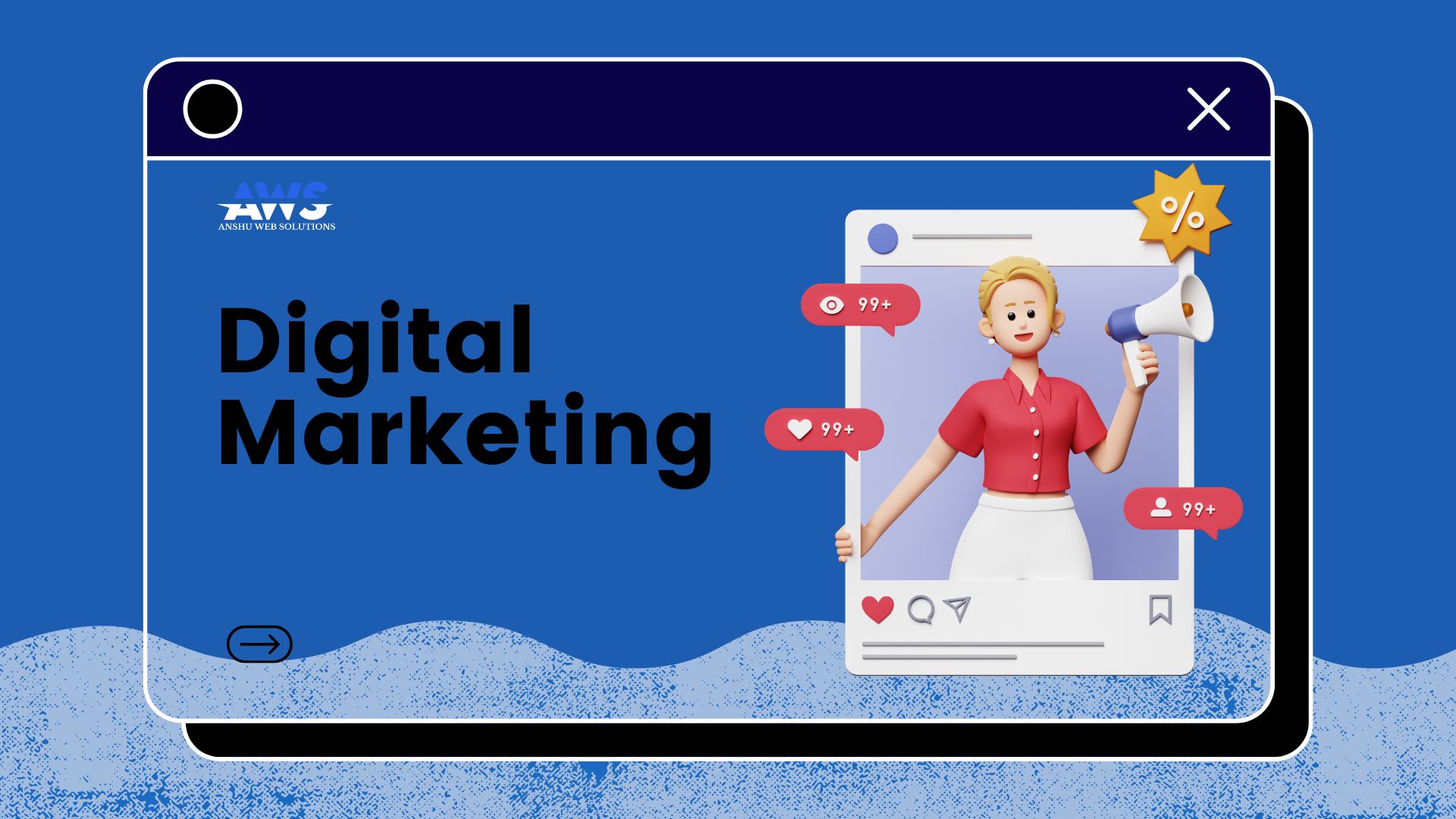.png)
In this digital modern world, the SEO optimization of your website is immensely important in order to improve visibility and attract more visitors. Whether you are an experienced web developer or a business owner who wants to enhance your site, this is a detailed step-by-step guide that will walk you through how to optimize your website to get better search engine rankings.
1. Conduct Keyword Research
What is Keyword Research?
It means keyword research is finding out what words and phrases your target audience uses when searching for products, services, or information related to your business.
How It's Done :
- Tools to tap into for this include Google Keyword Planner, SEMrush, or Ahrefs.
- Pay equal attention to highly relevant short-tail and long-tail keywords in your niche.
- Observe your competition to identify what works for them by undertaking keyword research.
Why It Matters:
It ensures the content of your website is channelled toward what your audience is looking for, which will help in driving qualified traffic.
2. Optimise On-Page SEO Elements
Title Tags:
- Primary keywords to be used in title tag.
- Less than 60 characters to ensure proper display on search results.
Meta Descriptions:
- Enticing Meta descriptions with key words included.
- It is best if it is kept within the 150-160 characters limit to avoid its cut-off.
Header Tags: H1, H2, H3:
- Header tags organize your content and should contain applicable keywords. - There should only be one H1 tag per page.
URL Structure:
- The URLs must be clean and descriptive, with keywords in them. - Also, avoid long and complex URLs.
Why It Matters:
These further refinements help the search engines understand your content and improve user experience-which can lead to better rankings.
3. Improve Your Content Quality
Valuable Content:
- Create high-quality, informative content to respond to the needs and questions of your audience.
- Strategically incorporate your keywords within the content.
Optimize Images:
- File name and alt text describe the image.
- Compress images to optimize page load speed.
Why It Matters:
Excellent content and optimized images will translate into better user interaction and higher chances of ranking in search results.
4. Improve Your Website's Technical SEO
Mobile-Friendliness:
- Responsive design and performance on mobile devices.
Page Speed :
- Test your page load times using tools like Google Page Speed Insights.
- Use caching and optimize code and images.
Secure Your Site :
- Use HTTPS to help keep your site secure and to gain trust from users and search engines.
Why It Matters :
Technical SEO factors such as mobile-friendliness and page speed affect user experience and are critical to search engine ranking algorithms. Many of these items can be identified, diagnosed, and cured by taking a closer look at your website in Google Search Console.
5. Build High-Quality Backlinks
What Are Backlinks?
Backlinks are a link from another website to your site. They serve as votes of confidence and authority.
How to Build Them:
- Create shareable content that naturally attracts links.
- Reach out to industry influencers and websites for opportunities to guest blog on their site.
Why It Matters :
High-quality backlinks from reputed sites help to build your website's authority and can bring the level of your search engine ranking up in leaps and bounds.
6. Monitor and Analyze Your SEO Performance
Use Analytics Tools:
- Google Analytics and Google Search Console are must-use tools when it comes to tracking your site's performance ;< br> - Track metrics like organic traffic, bounce rate, and conversion rates.
Optimize Your Strategy:
- Go through your SEO efforts regularly and make changes as needed based on the performance data.
- Get to know current SEO trends and algorithmic changes.
Why It Matters:
Continuous analysis by means of SEO tools allows checking on what is working and what doesn't, so the continuous refinement of SEO strategy is feasible.
SEO optimization involves your website in many aspects: keyword research, on-page and technical improvement, enhancing content, building backlinks, and continuous performance monitoring. The given steps would lead you well to improve the search engine ranking and driving good traffic to the website. Stick to the best practices and adjust with changes taking place in the SEO landscape to keep and improve your online presence.














.png)










